
In a world where personalization is highly valued, customization has become a key factor in improving user experience. Whether it's in the realm of technology, fashion, or consumer goods, customization offers individuals the ability to tailor products or services to their specific needs and preferences.
In this blog post, we will explore how customization plays a vital role in enhancing user experience across various industries. From personalized products to customizable interfaces, we'll delve into the benefits customization brings to users and why businesses should embrace this trend!
Benefits of Customization to Improve User Experience
Let's dive in!!
Tailored Solutions for Unique Needs
Customization allows users to have products or services designed specifically to meet their unique requirements. Whether it's software that can be customized to suit different workflows, clothing that is made to fit individual measurements, or personalized nutrition plans, customization provides tailored solutions that address users' specific needs, enhancing their overall experience.
Empowering Users with Choice
Customization empowers users by giving them control and the ability to make choices. When users have the option to customize aspects of a product or service, such as color, design, or functionality, they feel a sense of ownership and investment in the outcome. This sense of empowerment leads to increased satisfaction and a more positive user experience.
Enhanced Personalization and Relevance
Customization enables businesses to deliver personalized experiences to their users. By collecting user preferences and data, companies can tailor recommendations, content, and features that are relevant to each individual. This level of personalization creates a more engaging and meaningful user experience, fostering a deeper connection between the user and the product or service.
Improved Usability and Efficiency
Customization allows users to optimize products or services according to their preferences and workflow. By customizing interfaces, layouts, or settings, users can create an environment that aligns with their habits and preferences, resulting in improved usability and efficiency. Customizable features enable users to streamline their interactions, saving time and effort while maximizing productivity.
Emotional Connection and Brand Loyalty
When users are able to customize products or services, it creates a sense of emotional connection and attachment. By involving users in the creation process, businesses foster a deeper relationship between the user and the brand. This emotional connection leads to increased brand loyalty and advocacy, as users feel a stronger affinity towards a product or service that has been personalized to their liking.
Iterative Improvement and Innovation
Customization opens up opportunities for businesses to gather user feedback and insights. By allowing users to customize their experience, companies can gain valuable information about user preferences, pain points, and emerging trends. This feedback loop enables iterative improvement and drives innovation, leading to the development of products and services that better meet the evolving needs of users.
Conclusion
Customization has become a powerful tool in enhancing user experience across industries. By offering tailored solutions, empowering users with choice, delivering personalized experiences, improving usability, fostering emotional connections, and driving iterative improvement, customization has the potential to transform user interactions from generic and impersonal to engaging and meaningful.
Businesses that embrace customization can create a competitive edge by offering personalized, relevant, and delightful experiences that resonate with users on a deeper level. As user expectations continue to evolve, customization will play an increasingly vital role in shaping the future of user experience.







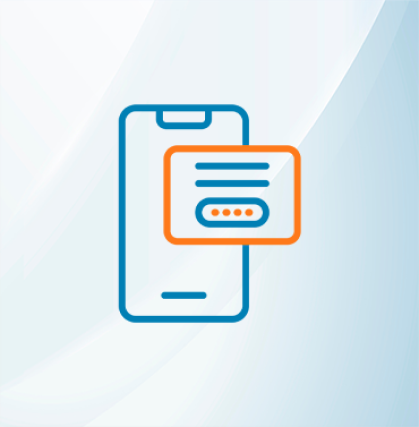







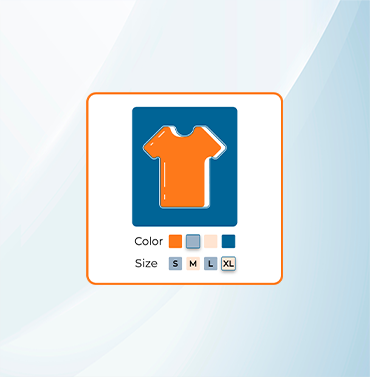





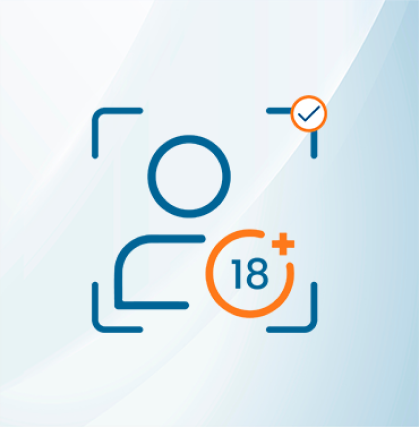


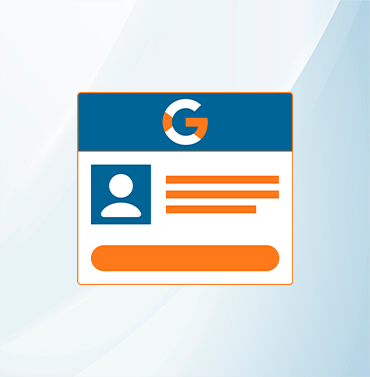








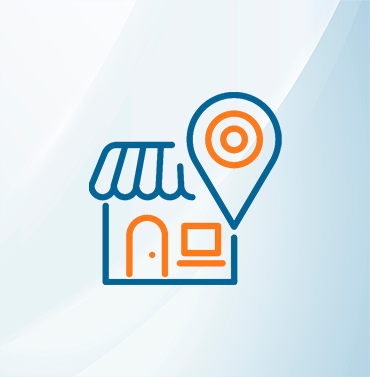





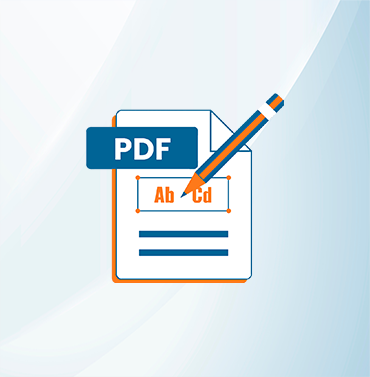
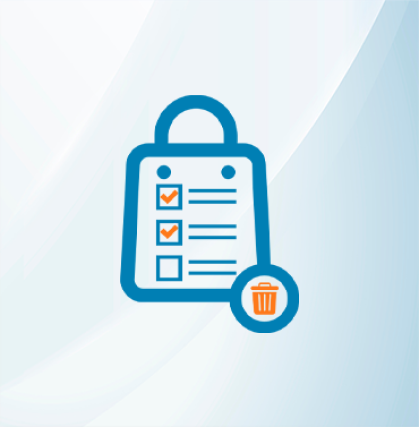
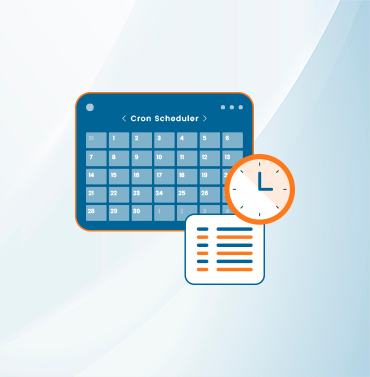




























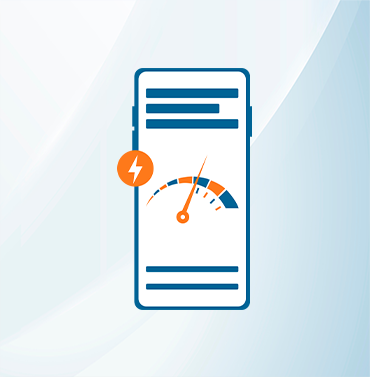
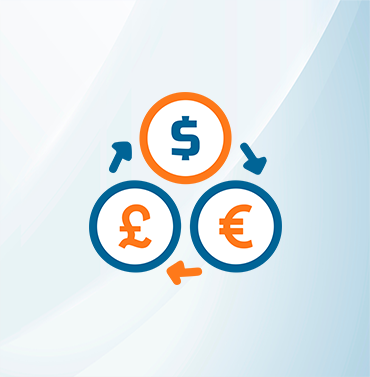
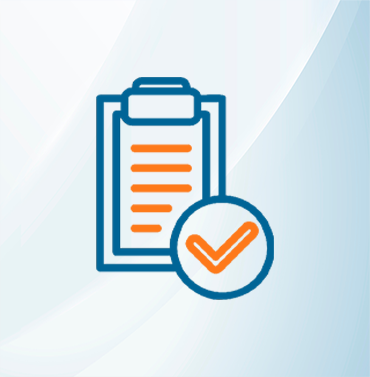

























Validate your login
Sign In
Create New Account